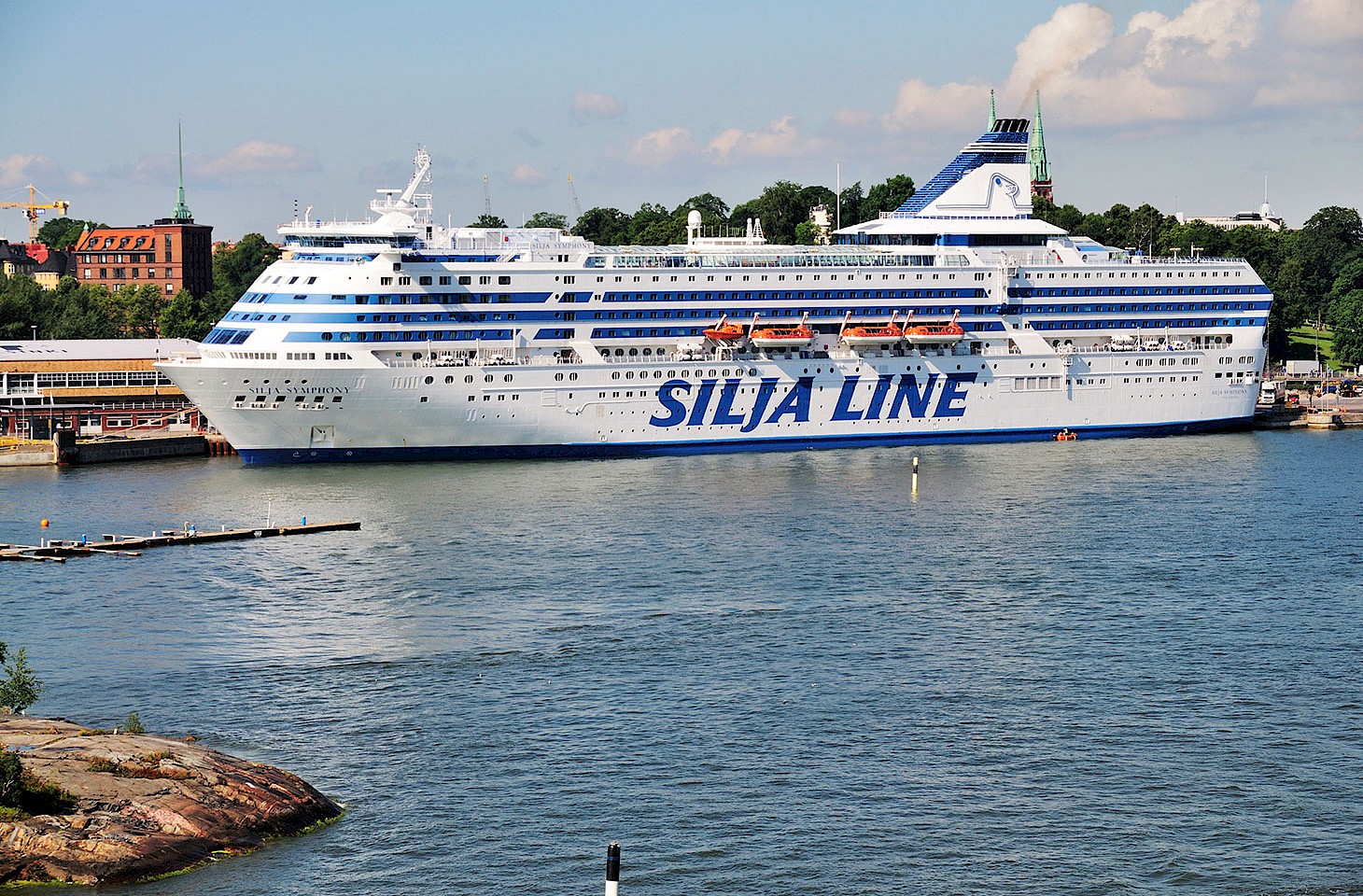Dear fellow travellers
The time is coming when residents of Rome escape the Eternal City. Rome is not a place to stay in summer. Many from Rome head north into the hills of Lazio, where Etruscan, Roman and Renaissance threads intertwine in history and culture. The lakes pull the crowds. There are three in particular, all marking the site of old volcano craters: Bolsena (with its two pretty islands), Bracciano and the much smaller Lago di Vico. The latter is just about three kilometres across, and the entire lake is quite hemmed in by the hills. The Monti Cimini, draped with beech woods, close in on the shores. Here one has a real sense of a caldera, a landscape shaped within the confines of an extinct volcano.
In a café on the south shore of the lake, the locals are not impressed by visitors who understand a thing or two about geomorphology and landscape evolution. We may prefer to look to the origins of the Lago di Vico in volcanic history. They know better. "The lake was created by Hercules himself," says the man tending a noisy coffee machine.
Hercules is big in these parts - evidently he took time out from cleaning the Augean stables and stealing apples from the Hesperides to reshape the topography and hydrology of Lazio. On a hillside less than twenty kilometres north of the Lago di Vico, there is a enormous statue of Hercules busy slaying Cacus, a fire-breathing monster who by all accounts made life pretty tiresome for the early inhabitants of the Palatine Hill in Rome. No bad thing, therefore, that Hercules stepped in and despatched the evil Cacus to an early grave. This was very good of Hercules as dealing with Cacus was not one of the canonical twelve labours prescribed by Eurystheus, but merely a little local favour that he did on the side while passing through the area.
Hercules' clash with Cacus is nicely recalled in the sculpture on that hillside at Bomarzo. There is no doubt that Hercules had the upper hand over Cacus in the eye of the artist. This classical study on the flank of a valley in northern Lazio is part of an extraordinary theme park. It is no modern theme park, but one conceived and executed in the sixteenth century in the Mannerist tradition. The patron who sponsored this fabulous park was Pier Francesco Orsini, who hit upon the idea that a great spread of monsters, ogres and barbarians would be a fine way of commemorating his late wife Giulia. Ours not to reason why! Thus was the Parco dei Mostri born, and it's perhaps no bad thing that Orsini toned down the savages by throwing in sculptures that recall a few heroic moments from the history of the region - like that cameo of Cacus getting his comeuppance at the hands of Hercules.
Many of those who flee Rome's heat in the coming weeks will make for Bomarzo, for the Parco dei Mostri makes a wonderful summer diversion. The imagery of horror rules. Jurassic Park and Kafka are as nothing when it comes to this theme park of yesteryear. It is brutal and erotic. One of the reasons, perhaps, why the Parco dei Mostri is as popular with the locals as with visitors from afar.
Nicky Gardner and Susanne Kries
(editors, hidden europe magazine)


